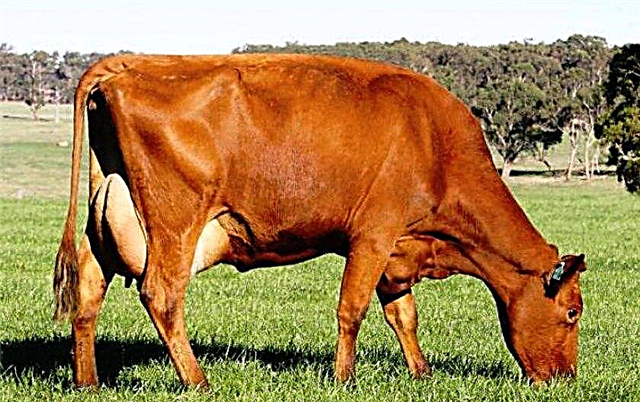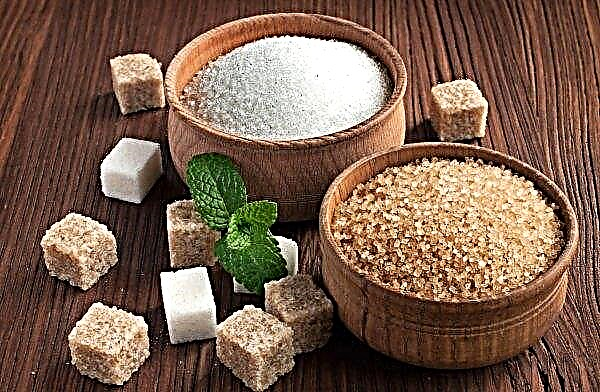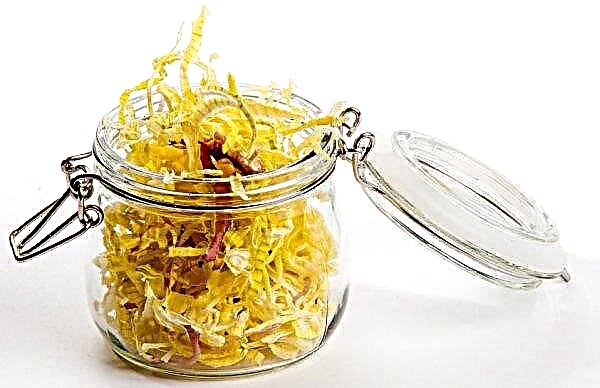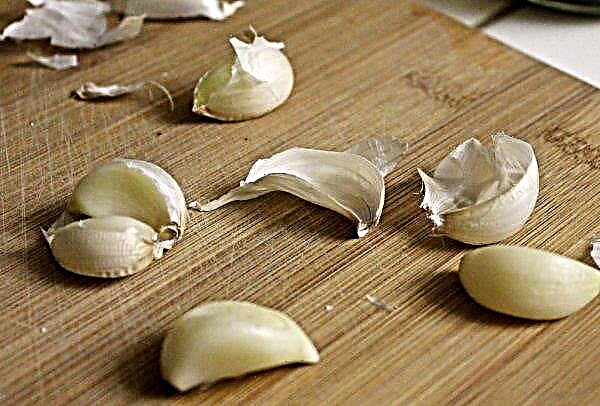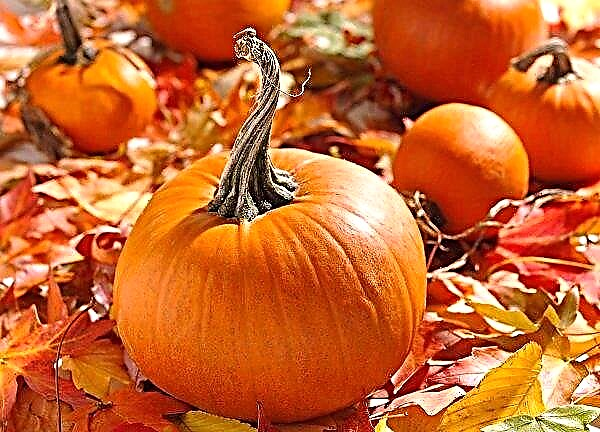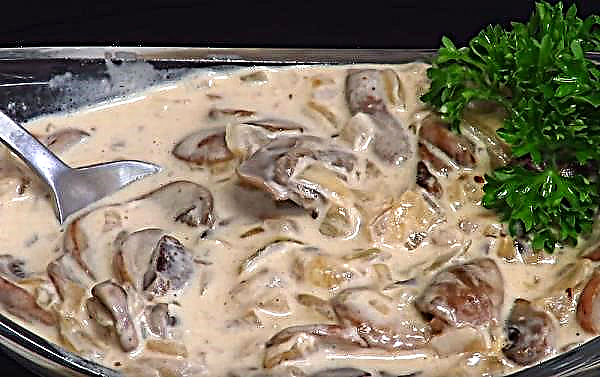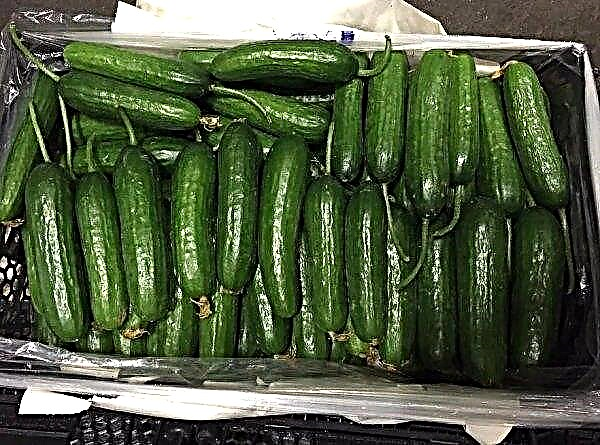A hybrid variety of cucumbers. Harmonist is a novelty in the agricultural market, therefore it is of natural interest to both beginners and more experienced gardeners who want to get a good and high-quality crop.
History and Characteristics
The recently bred variety deserves universal attention, primarily due to its taste and the ability to grow cucumbers in almost any region and climatic conditions of the country.
Selection
In 2008, the state registry of the Russian Federation for 7 regions was replenished with another variety of cucumbers - Harmonist F1. It was bred by the efforts of Gavrish breeders and recommended for cultivation in all regions of this country, with the exception of the Ural, East Siberian and West Siberian, Lower Volga.
The authors are:
- S. F. Gavrish;
- A.V. Shamshina;
- A.E. Portyankin;
- V.N. Shevkunov.

Grade description
Harmonist - an early ripening variety that can be grown:
- in the open ground;
- under the film;
- in glazed greenhouses.
The first fruits appear on the bushes 40–42 days after the emergence of seedlings. A harmonist is a parthenocarpic species with a female type of flowering, which means that he is self-pollinated, and this does not require the intervention of insects.
The bush of this variety is medium-sized, with branching below the average. Bushes grow on average 1-2 m tall. Leaves are colored green with shades from green to darker saturated. They are medium in size. In one leaf sinus there are 3-4 ovaries.
The shape of the cucumbers is cylindrical with small tubercles. The average fruit mass is 100–120 g. Each ogruchik is 10–13 cm long and 3–3.5 cm in diameter. The peel is dark green in color, with a lighter shade to the tips. Often there may be pubescence.
Small specks or lighter tones of the strip are allowed, of a small size.
The pulp of a cucumber crunches and has no bitterness, has a dense consistency. Seeds of small cucumbers. The yield of the Harmonist variety is 12–13 kg / m².
This hybrid is universal and can be used both for the preparation of fresh salads in season, and used for salting, preservation.
Advantages and disadvantages
- The advantages of this variety include the following characteristics:
- self-pollinated;
- precocious;
- long and high productivity;
- taste without bitterness;
- dense and crisp pulp structure;
- universal application;
- resistant to a number of common diseases of cucumbers, including: cladosporiosis, powdery mildew, root rot, peronosporosis;
- good presentation even after long transport.
Did you know? If earlier the purpose of the cucumber could be determined by the color of the pimples (for example, cucumbers with black tubercles were used for pickling, and with white — for salads), then with the advent of hybrid varieties this characteristic can no longer be guided.
The disadvantage of the Harmonist F1 is the inability to use seeds from harvested cucumbers for planting a subsequent crop. Seeds must be purchased every year.
How to sow seeds in open ground
Cucumbers of this hybrid species can be grown both in open ground and under greenhouse protection. In many ways, the method of growing this variety depends on the region and weather conditions, however, despite the planting method, the Harmonist bush has a high yield.
The timing
Sowing seeds of cucumbers Harmonist produce in open ground, when the soil has warmed up well and its temperature is at least 25 ° C. As a rule, on average, seed planting occurs in late May - early June. However, many prefer to plant in a seedling manner.
This option is especially suitable in those regions where the soil does not receive enough sunlight and is poorly warmed up due to a long and cold spring.
Then the seeds for seedlings are planted in peat cups in April-May, and already in June, after about 25 days after sowing, when several leaves appear, the seedlings are transferred into open beds.
To warm them, you can use a film that is pulled over the beds, creating a kind of greenhouse and protecting from sunlight, or organize the so-called "warm" beds: the lower layer of the beds is filled with manure, raising its natural level.
In open ground, seeds can germinate at a constant temperature of +25 ... + 30 ° C, they have a high germination rate and do not require treatment with special stimulating solutions.
Seat selection and crop rotation
Choosing the right place for growing cucumbers is the key to a good harvest.
Important! Crop rotation should be done every 3-4 years: you cannot plant the same crop in one place all the time, you need to change the planting areas.
About the growing conditions should be said separately:
- The soil should be loose and well-fertilized with manure, compost and ash. Before planting, the beds are well watered, and after making seeds or seedlings, they are sprinkled with earth and slightly shaded.
- Lighting. Cucumbers love the sun's rays, but you should avoid the scorching sun, so it is better to choose a place in the partial shade of neighbors, for example, corn.
- Blast site. The wind negatively affects the growth of cucumber bushes, therefore, choosing a place of planting, it is better to prefer a plot of the garden without drafts.
- Predecessors. A good option for growing cucumbers are tomatoes, potatoes, onions, eggplant, beets, carrots, greens. It is not recommended to plant cucumbers in the place where cucumbers, pumpkin, zucchini, watermelon and melon were grown before.
- Neighbors. Cucumbers get along well with sunflower, various types of cabbage, peas, beans, onions, and beets. It is not recommended to plant tomatoes, potatoes, zucchini, carrots, berry bushes nearby.

The scheme and depth of crops
When planting in open ground, the seeds of cucumbers should not be buried too deeply, just submerge them to a depth of 2-3 cm - this will facilitate their germination. Wells are created according to the scheme 50 × 50 cm, since the Harmonist is a fairly compact variety with not very long shoots.
Furrows should be 1.5–2 cm deep, after planting the seeds they are covered with soil and irrigated with warm water.
Further care
Care for planted bushes of cucumbers The harmonist consists mainly of the following components:
- proper watering;
- mandatory binding of bushes;
- stepchildren;
- soil care;
- introducing nutrients into the soil to improve its quality.
Watering
Before applying seeds to the soil, the soil is irrigated with a small amount of water, as well as after planting it is watered. To do this, use water at room temperature. In order for moisture to completely absorb into the soil, and not partially evaporate from its surface, it is better to water the beds either in the early morning or in the evening.
Watering the cucumber bushes should be regular, because these vegetables are very fond of moisture. But at the same time, do not forget that excessive moisture in the soil can lead to undesirable rotting of the roots. Therefore, it is necessary to control the state of the land in the garden and to irrigate it when draining. On average, this happens a couple of times a week, but in stable hot weather and no rain, you can water the bushes 3 times a week. Irrigation occurs under a bush.
On average, this happens a couple of times a week, but in stable hot weather and no rain, you can water the bushes 3 times a week. Irrigation occurs under a bush.
Stepson
It is necessary to remove the side shoots of cucumbers. Stepsoning is carried out to a level of 0.6-0.7 m, leaving only the ovaries. Those shoots that are located above the specified height leave, but pinch above the level of 2-3 sheets. If the bush has reached a height of 1.5 m, then pinch the lateral processes after 3-5 leaflets.
This will allow you to properly form a bush and give it the strength to grow and develop, bring a good harvest.
Trellis Garter
It is imperative to tie the shoots of the cucumber bush, since this is a plastic crop that needs the formation of a bush to improve its growth and fruiting. There is horizontal and vertical binding, however, the most popular and effective is considered to be tying cucumbers on a trellis.
- The advantages of this method are:
- Space saving. With 2 m² of beds with cucumbers tied to a trellis, you can get the same yield as with a 10 m² of garden with a horizontal arrangement.
- Improving growing conditions. Each cucumber receives more light, the bush is better ventilated, which eliminates the possibility of diseases associated with high humidity.
- Ease of care for the bush. The bush on the trellis is more convenient to pinch, shape, examine for the presence of symptoms of diseases, and most importantly - a more comfortable harvest, all the fruits and their size, condition are clearly visible.
- They begin to tie the bush to the trellis when it reaches a height of 30 cm and it already has 4-5 leaves. An earlier garter does not make sense, but a later garter can damage the plant.

Fertilizer application
For feeding hybrid bushes, the Harmonist uses various types of fertilizers. The bush of this variety has a well-developed rhizome, which needs enhanced nutrition in the active phases of development and fruiting.
First of all, it is nitrogenous and mullein solution in a ratio of 1:10. These fertilizers are effective when new leaves appear and during the flowering period of the bush.
Before the flowers appear on the bush, you can feed the bush by introducing diluted chicken droppings in a ratio of 1:20. When the bush is actively fruiting, it is also fertilized with manure in a proportion of 1:20 by mixing it with water. Also, a week after active fruiting, phosphorus-potassium supplements are increased.
If complex fertilizers are used, then they should not contain nitrate nitrogen.
Important! Ammonia fertilizers can affect the color and water content of the fruit, they can be pale and have a fresher flesh.
Soil care
The soil for growing cucumbers should be:
- loose. Loosening the soil provides oxygen access to the rhizome of the bush;
- drained. The organization of a good drainage system is mandatory at the stage of formation of the beds, as it helps to avoid the accumulation of moisture in the soil and rotting of the roots;
- have an acidity of 6–7 pH;
- no weed. Weeding and removal of weeds is carried out every 2 weeks;
- earthen. It is necessary to monitor the shape of the beds and promptly spud them, as they can be deformed as a result of rainfall and watering. This may cause the roots of the plant to appear outside.

Harvesting
Cucumbers Ripen Harmonist within 40–45 days after emergence, as the variety is ripe. Harvesting must be done in a timely manner, which will give strength to the bush to produce high quality crops. If the cucumbers are overgrown, the number of ovaries may decrease.
Did you know? The efforts of breeders can not only please the taste buds, but also impress: for example, in the UAE, scientists were able to grow square cucumbers.
Cucumbers of this variety are universal and suitable for:
- canning;
- salting;
- fresh applications for salads.
 Cucumbers of the hybrid variety Harmonist do not require special growing and care conditions, they are not susceptible to many diseases characteristic of this culture. Even novice farmers can take up their cultivation; the variety has high productivity.
Cucumbers of the hybrid variety Harmonist do not require special growing and care conditions, they are not susceptible to many diseases characteristic of this culture. Even novice farmers can take up their cultivation; the variety has high productivity.

